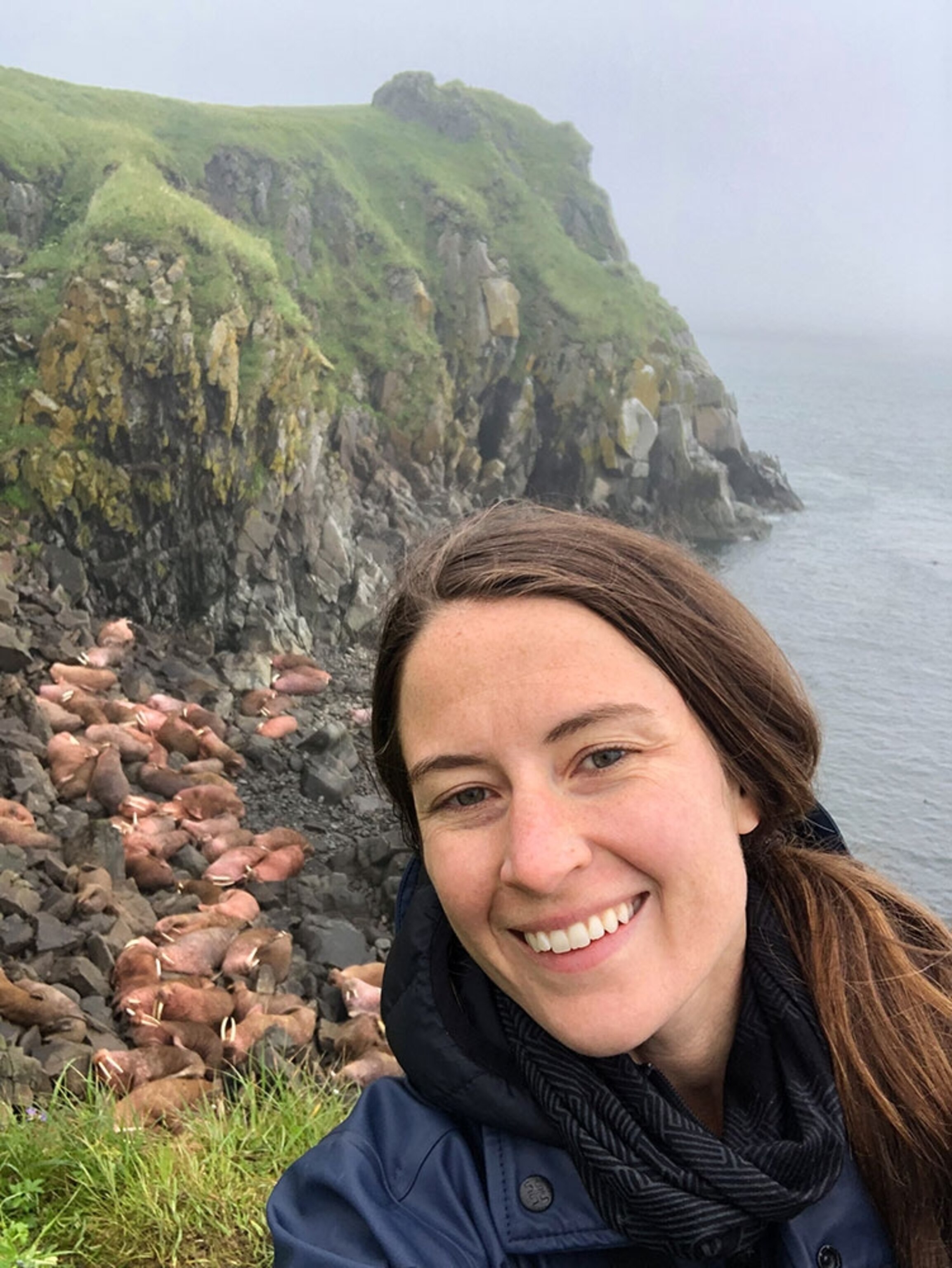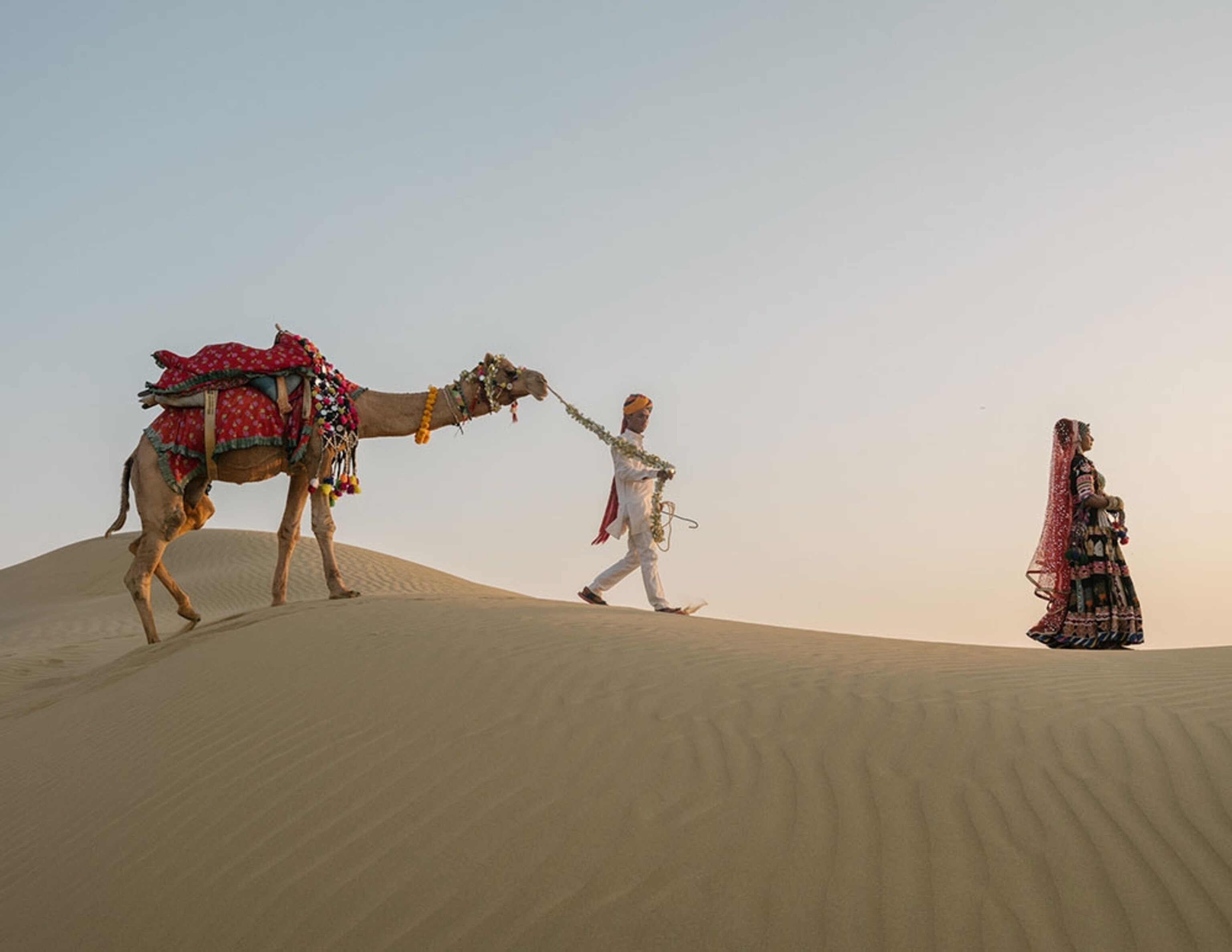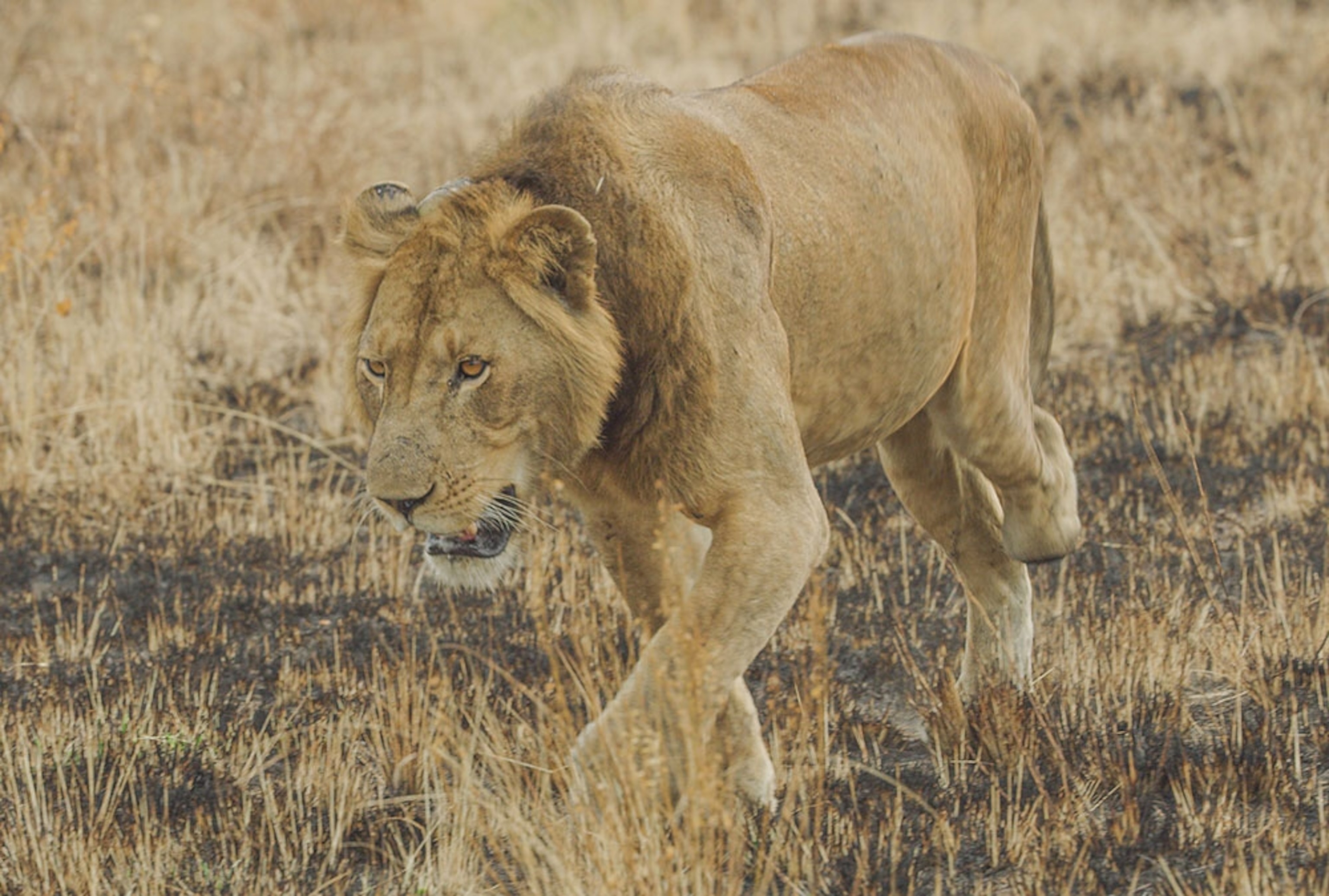
How goats help these elephants flourish
In this newsletter, celebrating World Elephant Day; debunking dolphin therapy; polar bears vs. walrus; a ‘wowie’ selfie … and a courageous three-legged lion.
This article is an adaptation of our weekly Animals newsletter that was originally sent out on August 12, 2021. Want this in your inbox? Sign up here.
By Rachael Bale, ANIMALS Executive Editor
One of the challenges of caring for rescued wildlife is figuring out what to feed them. Pangolins, for example, are really hard to keep alive in captivity because no one’s quite cracked the code of their diet. For other animals, decades of research has helped their caretakers fine-tune food and formulas that come close to replacing what they’d get in the wild.
At the Reteti Elephant Sanctuary, in northern Kenya, orphaned elephant calves get a concoction based on human infant formula. It works pretty well. They grow up, and many are later released back into the wild.
But travel restrictions during the pandemic complicated things. Reteti is in a remote area, and it became difficult for staff to get the baby formula their elephant calves needed, Ayenat Mersie reports for Nat Geo. Plus, with the drop in tourism income, they needed to save money. Imported baby formula was out.
So they looked in their own backyard. Most of the people living in the community-owned conservancy of Namunyak, where Reteti is, are herders. Their livelihood is based on raising and selling livestock, including goats. After calculations about caloric content, protein, fat, vitamins, and other nutrients, Reteti staff realized a goat milk-based formula just might work for the elephants. (Pictured above, some elephants have learned to feed themselves. Below, Nturuyayi Lengees collects fresh goat milk to deliver to the sanctuary.)
And it did. The elephant calves happily drink it, and they’re growing up big and strong. Plus, pastoralist families in the conservancy now have another source of income—selling fresh goat milk to Reteti. That’s been especially valuable as livestock markets closed during the pandemic, leaving families with no one to sell to.
At this point, supply can’t keep up with Reteti’s demand, so the sanctuary is working with herders on how to increase milk yields while protecting the land from overgrazing. Read more about this innovative and resourceful solution, and how it helped save a baby elephant named Sera, here. Happy World Elephant Day!
Do you get this newsletter daily? If not, sign up here or forward to a friend.
TODAY IN A MINUTE
Renewed scrutiny: Dolphin-assisted therapy was first promoted in the early ‘70s, and now facilities in the U.S., the Caribbean, Turkey, Indonesia, and elsewhere offer time with the animals, which they claim will help treat a range of human health issues. But there’s no strong science to show that swimming with dolphins provides any significant health benefits, and is probably not good for you or the dolphins, Dina Fine Maron writes for Nat Geo. (Above, Leonardo Araujo, 12, swims with dolphins in northern Brazil.)
Swipe right: An animal shelter in Munich, Germany, is trying a new approach to help abandoned pets find their forever homes: It’s posting their photographs on the dating app Tinder, hoping that humans looking for love might opt for a cat or dog. "The response is insane, it's exploding everywhere," a spokeswoman from the shelter told Reuters.
Work for food? Cats prefer free chow in exchange for doing nothing. The research may not be surprising but most species, including birds, wolves, rodents, and primates, prefer to perform tasks for food, cat behaviorist Mikel Delgado says.
Venus flytrap news: When the carnivorous plant chomps down on a victim, a small magnetic field is created. That discovery is among several featured in the September issue of National Geographic. Subscribers can read more here.
INSTAGRAM PHOTO OF THE DAY
A lot of walruses: Looking over Acacia Johnson’s right shoulder, a selfie becomes a “Wowie!” This is from the remote Round Island in Alaska, in the aptly named Walrus Islands State Game Sanctuary. The area is known as Qayassiq, or "place to go in a kayak," in Yup'ik. It’s one of the best places in the world to see Pacific walruses in the wild. The photographer took this image on assignment for Nat Geo.
THE BIG TAKEAWAY
Disappearing? In India, camels (pictured above) provide transport, wool, and milk, as well as plough fields. But the population of camels is declining, threatening a centuries-old culture. Camel milk is a trendy drink, but transporting raw milk is a pricey process. Ilse Köhler-Rollefson, a German veterinarian and Nat Geo Explorer, cofounded the Raika-run Kumbhalgarh Camel Dairy to transcend obstacles, Nat Geo reports.
Go deeper: Read more about Rollefson’s work promoting camel milk
OVERHEARD AT NAT GEO
Promoting diversity and biodiversity: Wildlife ecologist and Nat Geo Explorer Rae Wynn-Grant's research to help humans and bears co-exist is inspiring a new generation of ecologists of color. Wynn-Grant "focuses on ways to eliminate negative interactions between these charismatic carnivores and the humans living near bear habitat," Annie Roth writes. (Pictured above, a profile of Wynn-Grant from the September issue.)
IN A FEW WORDS
Every morsel of food, every sip of water, the air we breathe is the result of work done by other species. Nature gives us everything we need to survive. Without them, there is no us.
Enric Sala, Marine ecologist, Nat Geo Explorer in Residence and founder of National Geographic Pristine Seas, From: If the hardiest species are boiled alive, what happens to humans?
THE LAST GLIMPSE
Bouncing back: Jacob the lion has been snared. Trapped. Gored by a buffalo. Yet the lion has kept going, on three legs now—hunting, mating, and becoming a symbol of hope, Douglas Main reports. (Above, Nat Geo Explorer Alex Braczkowski photographed Jacob walking through Queen Elizabeth National Park in Uganda in early February.)
This newsletter was curated and edited by David Beard and Monica Williams, and Jen Tse selected the images. Do you have an idea or a link for the newsletter? Let us know at david.beard@natgeo.com, and happy trails ahead.






